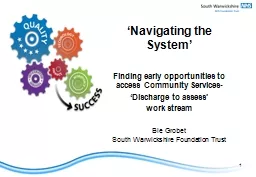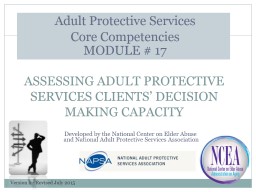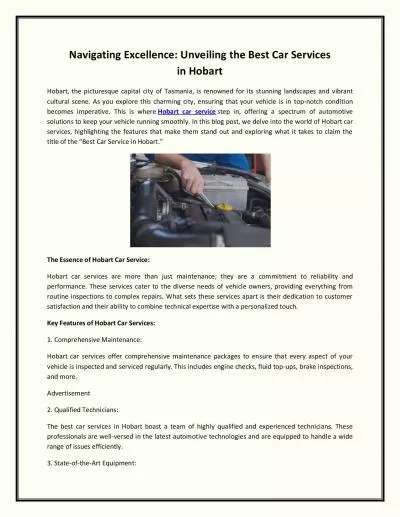PPT-‘Navigating the System’
Author : pamella-moone | Published Date : 2016-03-23
Finding early opportunities to access Community Services Discharge to assess work stream Bie Grobet South Warwickshire Foundation Trust 1 2 Warwickshire North
Presentation Embed Code
Download Presentation
Download Presentation The PPT/PDF document "‘Navigating the System’" is the property of its rightful owner. Permission is granted to download and print the materials on this website for personal, non-commercial use only, and to display it on your personal computer provided you do not modify the materials and that you retain all copyright notices contained in the materials. By downloading content from our website, you accept the terms of this agreement.
‘Navigating the System’: Transcript
Download Rules Of Document
"‘Navigating the System’"The content belongs to its owner. You may download and print it for personal use, without modification, and keep all copyright notices. By downloading, you agree to these terms.
Related Documents














